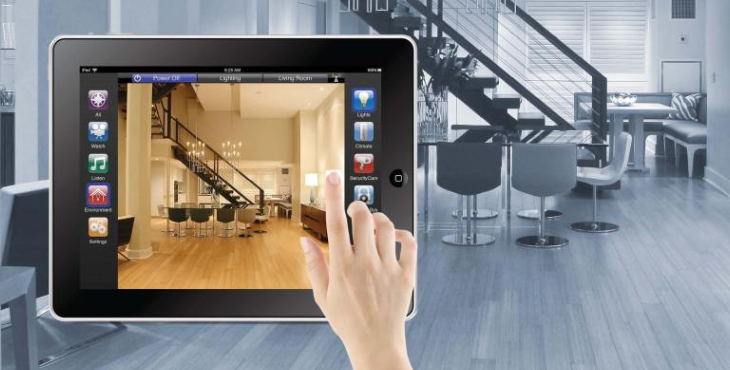Home automation refers to the automatic and electronic control of functions, activities, and household appliances. In simple terms, it means that you can easily control the services and functions of your home through the Internet, to add more convenience and security to your life and even spend less on household bills. Get more information here about installing home automation to make your life easier and more comfortable. By using a home automation system, users can control the environment of their home from anywhere. This allows them to control the temperature, lights, and security of their home even when they are away. Home automation systems can be set up to turn lights on or off at a preset time or to monitor energy usage. They can also be programmed to alert users if motion is detected in the home.
After the professional installation of a home automation system is complete, you can enjoy the benefits of living in a safer and smarter home. The key industries of renewable electricity, energy delivery, big data and energy value-added services are focused on the energy supply, transportation, processing, distribution, and utilization mechanism through automation. In addition, PV systems, energy storage, power transmission and delivery, low-voltage machines, smart terminals, software development, and control automation are the cornerstone at CHINT. CHINT automation offers a variety of energy solutions to public agencies, industrial users and end users through the creation of a platform-based business.
Functions of home automation system
Home automation is a network of hardware, communication and electronic interfaces that work to incorporate one with equipment for daily use through the Internet. Each device has sensors and is connected via Wi-Fi, so you can control them from your smartphone or tablet, whether you are at home or miles away. That allows you to turn on the lights, lock the front door, and even turn the heat down, no matter where you are. There are three main elements of a home automation system: sensors, controllers, and transmitters.
- The sensors can monitor changes in daylight or temperature or detect movement. Home automation systems can then adjust the settings (and more) to your preferences.
- Controllers are the computers that is, personal computers, tablets, or smartphones that are used to send and receive messages about the status of automated functions in your home.
- The transmitters can be light switches, motors, or motorized valves that control the mechanism itself, or the function, of a home automation system. They are programmed to be activated by a command issued remotely from a controller.
Available services through home automation systems
Home automation systems offer a variety of services and functions. Some of the more common features available through those platforms include:
- Fire and Carbon Monoxide Monitoring
- Remote light control
- Thermostat control
- Control of household appliances
- Cameras and security systems for home automation
- Live Video Surveillance
- Alarm systems
- Real-time text and email alerts
- Personal digital assistant integration
- Keyless entry
- Voice activated control
Benefits of home automation system
The goal of a home automation system is to simplify the way your home works. Consider some of these benefits:
- Remote access: control your home from mobile devices, including your laptop, tablet or smartphone.
- Comfort: use home automation to make your home a more comfortable and livable space. Program your thermostat in advance with your preferred setting, so that your home always has a comfortable temperature, set up smart speakers to play music when you get home from work or adjust your lighting, to dim the lights or intensify their brightness according to the time of day .
- Convenience: schedule your devices to activate automatically at specified times or remotely access their settings, from anywhere, with an Internet connection. When you don’t have to occupy your mind with remembering whether you locked the door when you left or if you turned off the lights, you can focus your attention on more important things.
- Increased security: Smart fire detectors, carbon monoxide monitors, pressure sensors, and other security features in home automation can help protect your home from a disaster.
- Energy efficiency: home automation allows you to be more aware of your energy use. You can, for example, save money on your energy bill by reducing the time your lights are on or by lowering the temperature in a room when you leave it.
